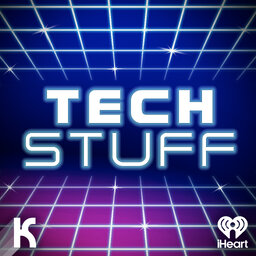Will LHR tech solve the graphics card shortage problem?
A listener asked what's the difference between LHR and non-LHR graphics cards. Who knew it would turn into a full discussion on crypto mining, hash values and how companies are trying to make sure that gamers get their hands on graphics cards?
Learn more about your ad-choices at https://www.iheartpodcastnetwork.com
 TechStuff
TechStuff


